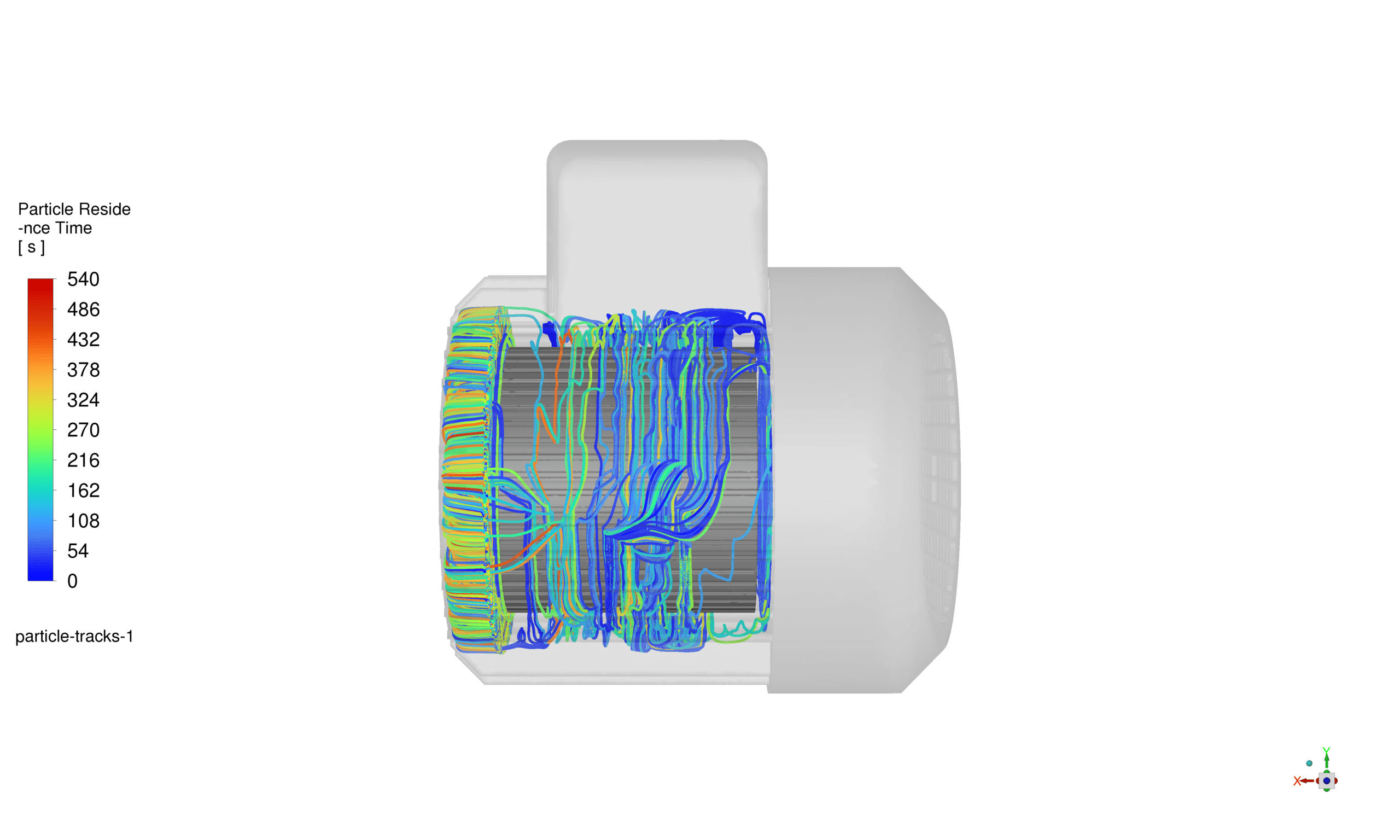Electronic Engine Cooling Enhancement Using Water Spray Cooling System
$240.00 $120.00 Student Discount
- This project investigates the thermal management of an electronic engine using CFD simulation through ANSYS Fluent software suite
- The primary objective was to compare the cooling effectiveness of the engine under two conditions: without water spray cooling and with water spray cooling
- The simulation workflow began with geometry creation in SpaceClaim, followed by mesh generation in ANSYS Meshing.
- The simulation framework utilised species transport modelling and implemented a two-way coupled discrete phase model (DPM) specifically for water spray simulation
To Order Your Project or benefit from a CFD consultation, contact our experts via email (info@mr-cfd.com), online support tab, or WhatsApp at +44 7443 197273.
There are some Free Products to check our service quality.
If you want the training video in another language instead of English, ask it via info@mr-cfd.com after you buy the product.
Description
Introduction
This project investigates the thermal management of an electronic engine using computational fluid dynamics (CFD) simulation through ANSYS software suite. The primary objective was to compare the cooling effectiveness of the engine under two conditions: without water spray cooling and with water spray cooling implementation using the Discrete Phase Model (DPM).
The simulation workflow began with geometry creation in SpaceClaim, followed by mesh generation in ANSYS Meshing. The computational domain was discretised into approximately seven million elements to ensure accurate results. ANSYS Fluent was employed as the primary solver for this simulation study.
Methodology
The numerical setup for this simulation incorporated multiple models and parameters, including a pressure-based solver combined with the standard k-ε turbulence model for flow characterisation.
The simulation framework utilised species transport modelling and implemented a two-way coupled discrete phase model (DPM) specifically for water spray simulation. To accurately represent the engine’s dynamic behaviour.
A frame motion model was employed for rotating zones operating at 1500 RPM, while the SIMPLE algorithm handled pressure-velocity coupling, and the standard initialisation method was used for solution initialization.
The study examined two distinct scenarios: a base case analysing engine cooling without any water spray injection and an enhanced cooling case that implemented water spray cooling through DPM, allowing for direct comparison of cooling effectiveness between the two approaches.
Based on prior research (Spray Cooling Comparative Analysis: Inert Particles Vs. Evaporating Droplets Using DPM), this study adopts the droplet model to simulate the enhancement of electronic engine cooling using a water spray cooling system.
Results and Discussion
The simulation results demonstrated a significant improvement in cooling performance when water spray was introduced. The temperature contours clearly show reduced engine temperatures in the DPM case compared to the base case without water spray. The velocity contours indicate the flow distribution patterns around the engine, while the particle residence time analysis provides insights into the water droplet behaviour and their cooling effectiveness.
Conclusions
The implementation of water spray cooling through DPM proved to be an effective method for enhancing the thermal management of the electronic engine. The results validate the potential of spray cooling as a viable solution for maintaining optimal operating temperatures in electronic engine systems.













Reviews
There are no reviews yet.